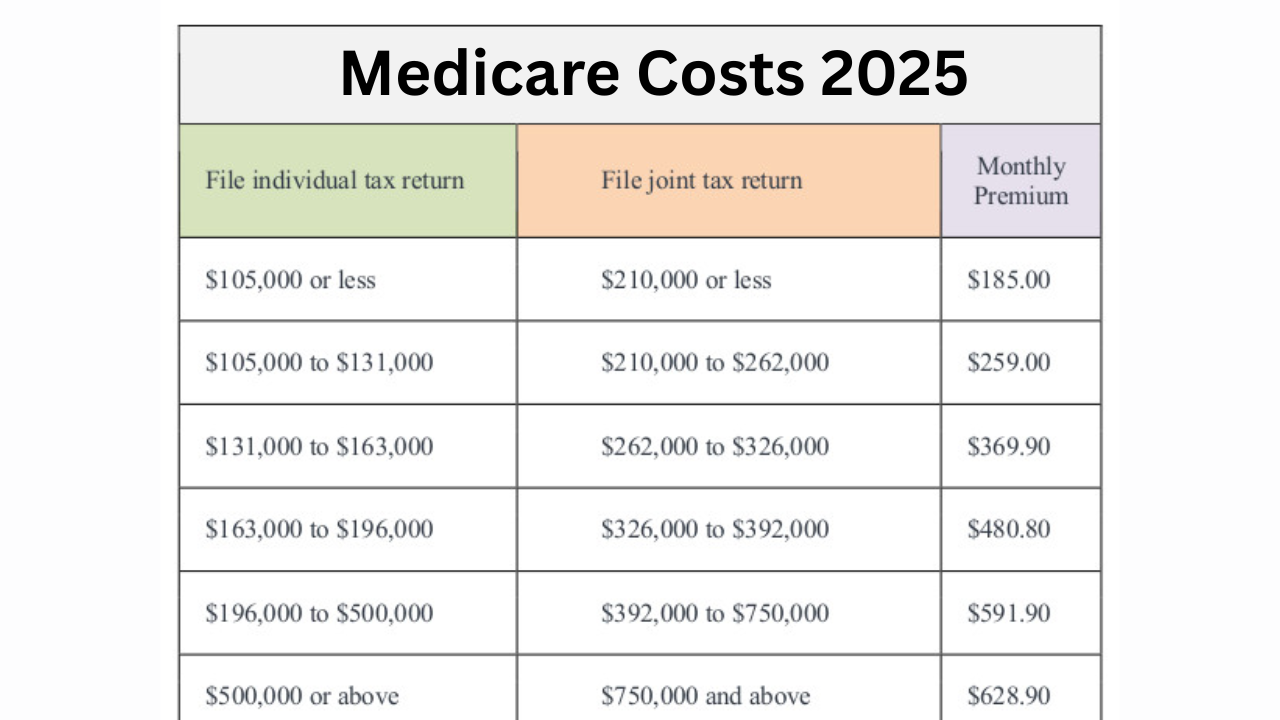SIP for Retirement Planning: Retirement planning may not seem urgent when you’re in your 30s or even 40s. But fast forward a couple of decades—and it could make all the difference between financial independence and dependency. The secret to retiring comfortably? Start small, start early—with a Systematic Investment Plan.
As we go through the hustle of daily life, thoughts of retirement often sit quietly at the back of our minds. However, building a retirement corpus is one of the most important financial goals, and doing it wisely matters. In India, a growing number of investors are turning to SIP for retirement planning—a strategy that’s disciplined, flexible, and highly rewarding in the long run.
Whether you’re starting your first job or planning to retire in ten years, this article will walk you through why SIPs are a smart way to plan your retirement and how to make them work for you.
Overview Table: SIP for Retirement Planning
| Factor | Details |
| What is SIP? | Systematic Investment Plan – regular, fixed investment in mutual funds |
| Minimum Investment | As low as ₹100 per month |
| Retirement Fund Lock-in | Typically 5 years |
| Major Benefits | Compounding, rupee cost averaging, flexibility, inflation protection |
| SWP Option | Systematic Withdrawal Plan for post-retirement income |
| SIP Types | Flexible SIP, Perpetual SIP |
| Ideal Start Age | The earlier, the better (20s–30s ideal) |
| Retirement Goal Formula | FV = PV(1+r)^n — accounts for inflation and time to retirement |
SIP for Retirement Planning
Planning for retirement isn’t just about stashing money aside—it’s about making your money work for you over time. That’s where SIP for retirement planning comes in. With a Systematic Investment Plan, you contribute a fixed amount regularly into a mutual fund of your choice. Over time, this disciplined investment style creates a sizeable corpus by leveraging two powerful tools: consistency and compounding.
Unlike lump-sum investing, SIPs allow you to build wealth slowly and steadily, without the pressure of timing the market. And since you can start with a small amount—say, ₹500 or even ₹100—it’s accessible to nearly everyone.
Why Retirement Planning Is More Important Than Ever
Let’s face it—retirement today looks very different than it did a generation ago.
- Healthcare costs have skyrocketed, with older individuals facing growing medical expenses.
- Inflation continues to erode purchasing power, meaning your money today may be worth a lot less tomorrow.
- Falling interest rates have reduced the returns on traditional savings instruments like FDs and PPFs.
In this environment, creating a steady post-retirement income stream is critical. SIPs, when used wisely, can create a financial cushion that not only keeps up with inflation but also grows steadily over time.
Benefits of SIP for Retirement Planning
Here’s why SIPs make so much sense for retirement-focused investors:
- Compounding Growth: Even small amounts invested regularly can multiply over the years thanks to compound interest.
- Rupee Cost Averaging: By investing regularly, you buy more mutual fund units when prices are low and fewer when they’re high, averaging out your cost.
- Flexibility: SIPs can be started, paused, increased, or stopped at any time, giving you full control.
- Low Barrier to Entry: Start with just ₹100/month and scale as your income grows.
- Disciplined Saving: Automated deductions instill a habit of saving without you thinking about it.
- Inflation Hedge: Equities, a key component of many mutual funds, generally outperform inflation over long time frames.
- SWP (Systematic Withdrawal Plan): Post-retirement, convert your investment into monthly income without touching the principal directly.
Choosing the Right SIP Type for Retirement
Depending on your financial goals and life stage, here are two SIP types to consider:
- Flexible SIP: Perfect for those with irregular income or during uncertain economic phases. You can increase or reduce the investment amount based on your cash flow.
- Perpetual SIP: Ideal for long-term goals like retirement. The SIP continues indefinitely until you choose to stop it, helping build a long-term habit.
Estimating How Much You Need for Retirement
A common question is, “How much is enough?”
Financial experts often recommend the 30X rule—you should aim to save at least 30 times your current annual expenses. For example, if your current expenses are ₹9 lakh annually, your target corpus should be ₹2.7 crore.
You can also use a retirement planning calculator, which uses the following formula:
FV = PV (1 + r)^n
- FV: Future Value (the amount you’ll need at retirement)
- PV: Present Value (your current income/expenses)
- r: Inflation rate
- n: Years to retirement
This tool helps you calculate both how much you’ll need in retirement and how much you should invest now to get there.
Real-Life Scenario: Why Early Planning Pays Off
Consider two individuals—Ravi and Sunita.
- Ravi starts a ₹5,000 SIP at age 30 for 30 years. At 12% annual return, he ends up with nearly ₹1 crore.
- Sunita starts a ₹10,000 SIP at age 45 for 15 years. At the same return rate, she ends up with just ₹50 lakh.
Despite investing the same total amount, Ravi ends up with double the wealth, all thanks to starting early and letting compounding work its magic.
Tips to Maximise SIP for Retirement Planning
- Start Early: The sooner you begin, the more time your money has to grow.
- Increase Contributions Over Time: As your income increases, so should your SIP.
- Diversify Your Funds: Choose a mix of equity, hybrid, and debt funds depending on your risk profile.
- Stick to the Plan: Don’t panic and stop SIPs during market corrections. Stay consistent.
- Review Periodically: Check your portfolio annually to rebalance if needed.
- Use SWP Post-Retirement: Gradually withdraw money instead of lump sum redemptions.
FAQs
Q1: Is SIP a good way to plan for retirement?
Yes. SIPs help you grow your savings steadily and manage market risks over the long term. They offer flexibility, accessibility, and strong returns when invested in equity-oriented funds.
Q2: How much money do I need to retire in India?
Use the 30X rule—30 times your current annual expenses. If you spend ₹9 lakh a year, aim for a retirement corpus of ₹2.7 crore.
Q3: What type of SIP is best for retirement planning?
Flexible SIPs work well if your income fluctuates. Perpetual SIPs are better for consistent long-term investing. Choose based on your financial behavior and comfort level.
Final Thought
Retirement planning isn’t a task you leave for the last ten years of your career—it’s something that benefits most when started early. A well-structured SIP for retirement planning can help you maintain your current lifestyle, meet medical emergencies, and stay financially independent long after you stop working.
With SIPs, the key is consistency and patience. Start today—even with a small amount—and let compounding do the rest. Your future self will thank you.











